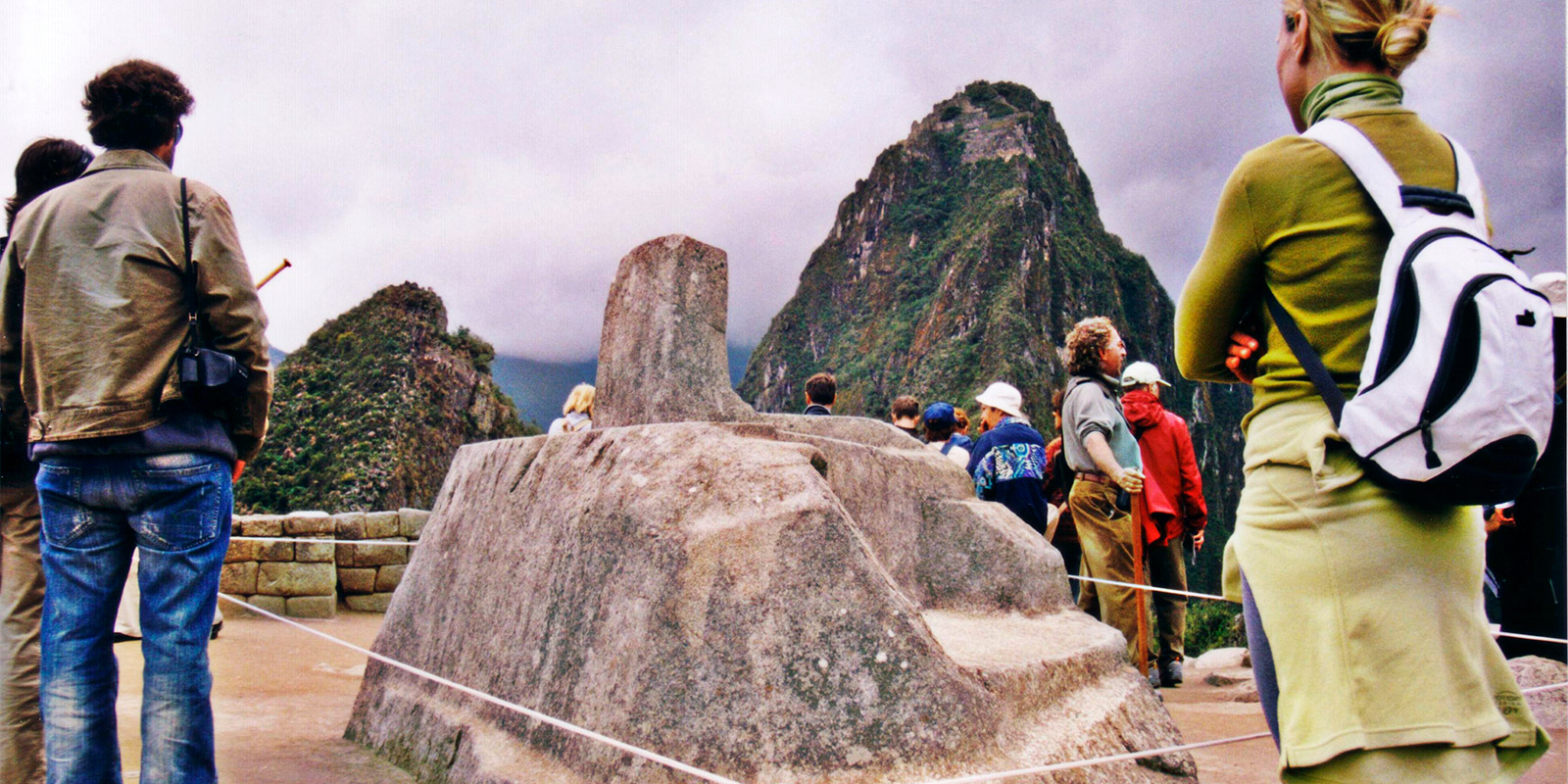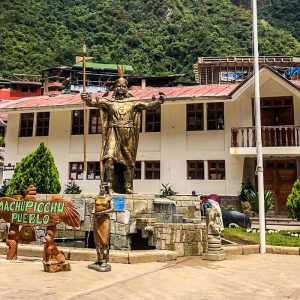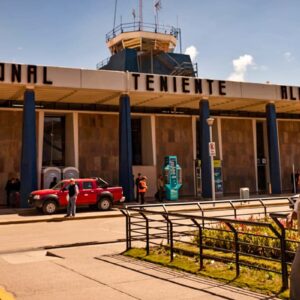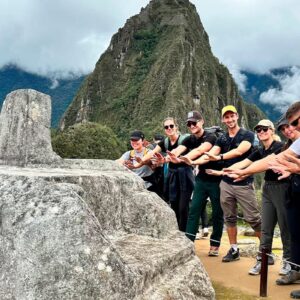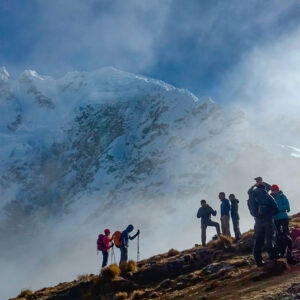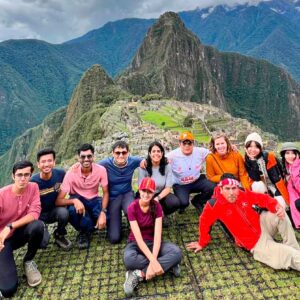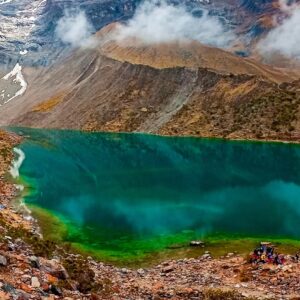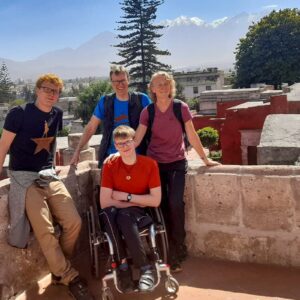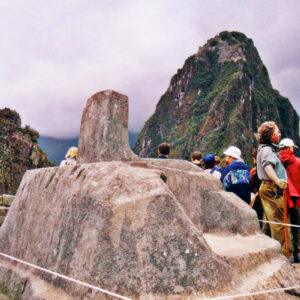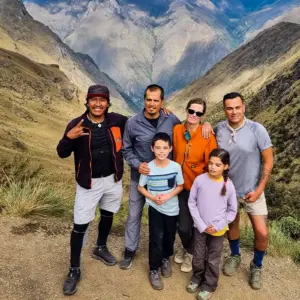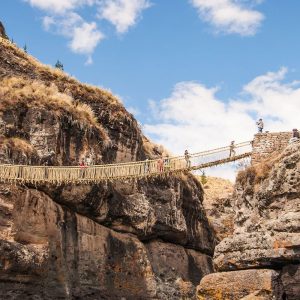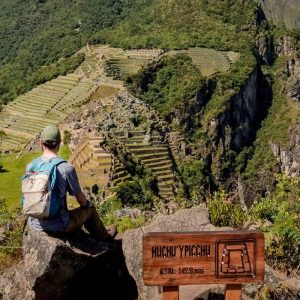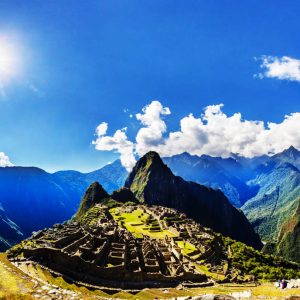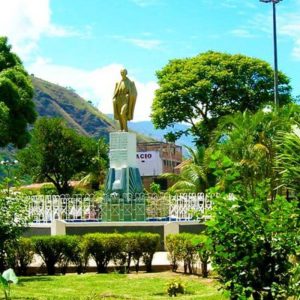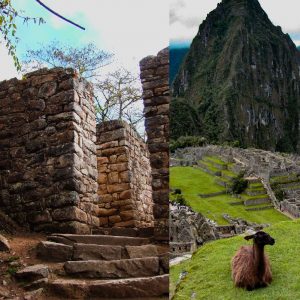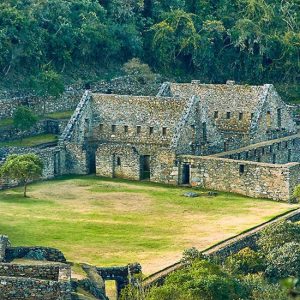The Intihuatana is one of the most fascinating and enigmatic structures in Machu Picchu. Located atop the mountain, this ancient rock carved by the Incas stands out for its astronomical and spiritual significance.
1 Intihuatana (Inti watana) / Sundial open 7am-10am
The term “Intihuatana” translates as “place where the sun is tied.” The Incas constructed these special stones as astronomical observatories and solar calendars. It is believed that the Intihuatanas were used to mark the solstices and equinoxes, as well as to perform important religious rituals.
The Intihuatana of Machu Picchu is considered one of the best preserved and most impressive examples. It consists of a vertical granite column with a platform on top. It was carefully carved so that the shadow it casts on the rock follows the movement of the sun throughout the year.
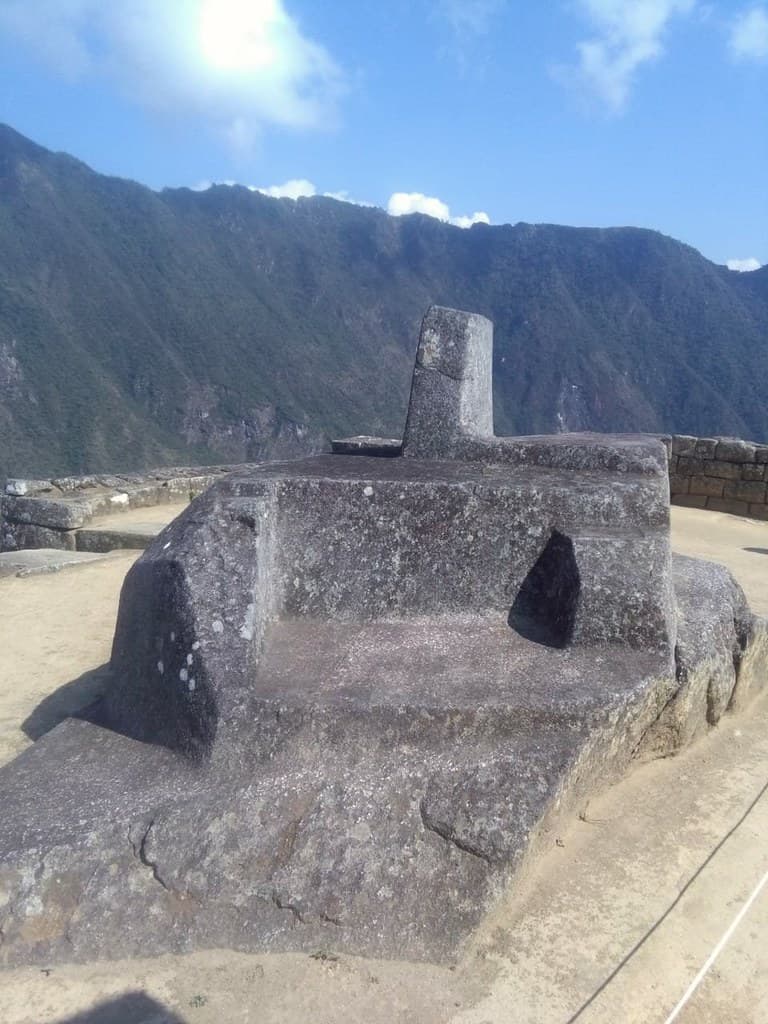
The Incas believed that the sun was a supreme god and that its movement directly influenced their lives and crops. The Intihuatana was regarded as a sacred point of connection between the earthly and spiritual worlds. It is believed that Inca priests used this structure to perform important ceremonies and rituals, harnessing its energetic power.
During the time of Spanish colonization, the conquistadors attempted to destroy many of these Inca structures, including the Intihuatana. However, fortunately, this specimen in Machu Picchu was spared from destruction and has endured to this day as an impressive testament to the Inca’s astronomical skill and knowledge.
Today, visitors to Machu Picchu can marvel at the imposing presence of the Intihuatana and reflect on the ancient wisdom of this lost civilization. Although physical touching is no longer allowed, the energy and mysticism surrounding this structure can still be felt in the air, creating a truly unique and spiritual experience.
The Intihuatana of Machu Picchu is just one of the many treasures that this exceptional archaeological site offers. Exploring its ruins, walking its ancient paths, and contemplating the beauty of the Inca city nestled in the mountains is an experience that leaves an indelible mark in the memory of those fortunate enough to visit this magical place.
Development of Knowledge About the Intihuatana at Machu Picchu
In 1920, by coincidence, a German astronomer called Ralf Müller figured out that the two larger sides of the stone were looking 25.5 degrees off magnetic north and 27.5 degrees off magnetic west. Because of this, he worked out that they would point in those directions at the start of winter and summer.
Before him and Hiram Bingham, no one in the western world knew about the stones at Machu Picchu. However, it’s thought that William Prescott wrote something about Intihuatana at Machu Picchu many years before in 1847, which says the following:
“The period of the equinoxes they determined by the help of a solitary pillar, or gnomon, placed in the center of a circle, which was described in the area of the great temple and traversed by a diameter that was drawn from east to west. When the shadows were scarcely visible under the noontide rays of the sun, they said that “the god sat with all his light upon the column.”
We aren’t entirely sure that this piece of text was about the Intihuatana as it was written 64 years before Hiram Bigham’s ‘rediscovery’ of the archeological site. There are also plenty of other cultures around the globe that celebrate similarly important celestial events. Many do believe it’s about the stone at Machu Picchu, though.

